Christmas Topiary Ideas: Best Plants For Christmas Topiaries
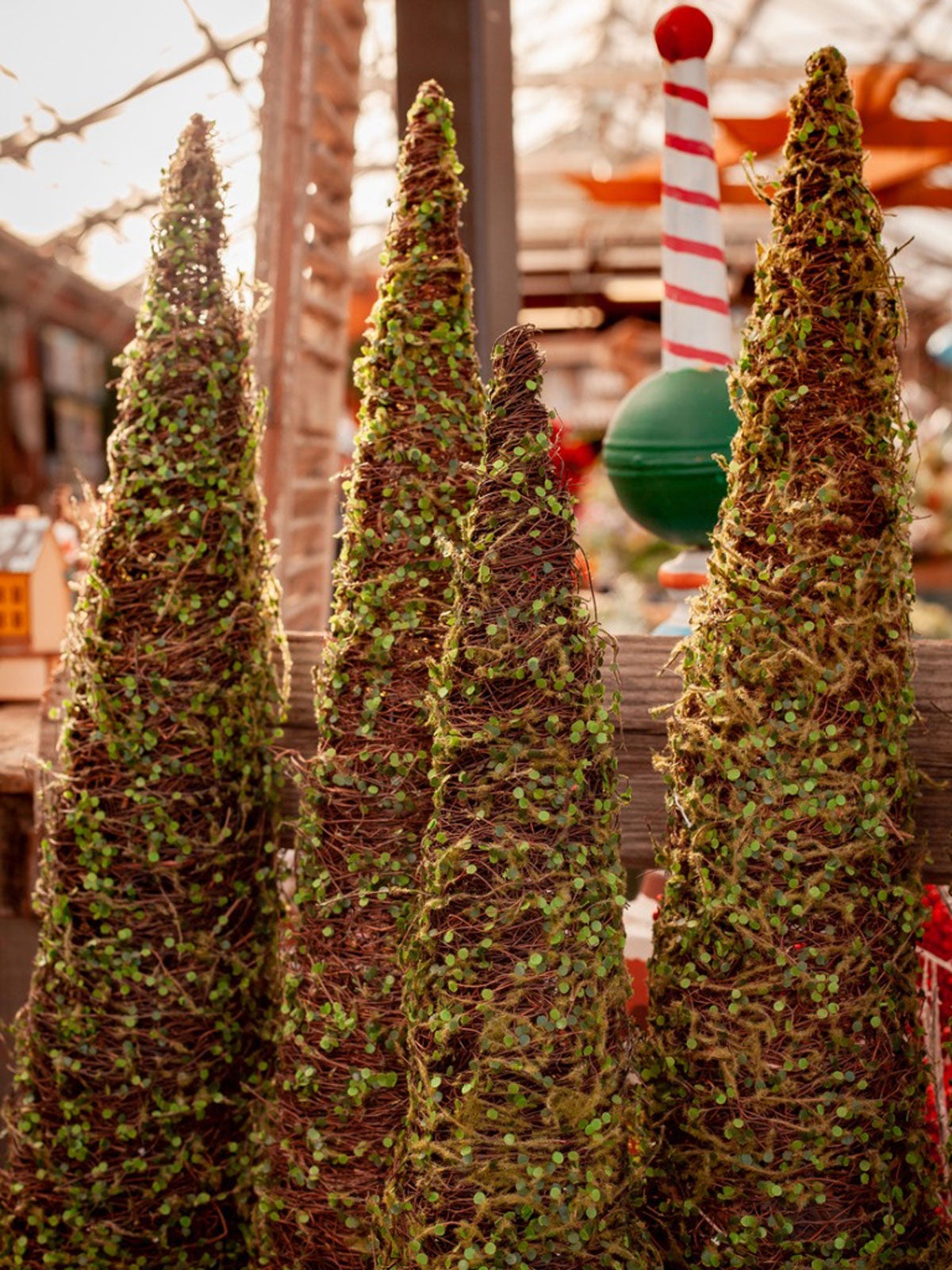

Anyone who feels sad at the sight of cut Christmas trees dumped on the sidewalk in January might think about Christmas topiary trees. These are little trees created from perennial herbs or other evergreens, like boxwood. They work well as a holiday tree.
If you are interested in Christmas indoor topiary, read on. We’ll give you great Christmas topiary ideas so you can start making a Christmas topiary yourself.
Plants for Christmas Topiaries
Tired of buying cut Christmas trees? You aren’t alone. Although these trees may have been raised just to serve as holiday décor, something seems off about killing a tree in order to celebrate Christmas. Still, fake trees don’t have that natural element and not everyone has a big enough backyard to plant potted spruce after Christmas is over.
That brings us to the possibility of using Christmas topiary trees. These are living plants grown in a tree shape that are festive for the holidays but can decorate your house all winter long. If you pick a perennial herb for a topiary tree, you can transplant it in the herb garden in spring.
Making a Christmas Topiary
What is a topiary? Think of it as living sculptures made by snipping, trimming, and shaping the foliage of a plant into shapes. You may have seen topiary shrubs in geometric shapes such as balls.
The first step in making a Christmas topiary is to pick a plant you enjoy. Perhaps the most popular plants for Christmas indoor topiary trees are rosemary (Rosmarinus officinalis). This herb naturally grows upright into a little needle-leafed tree and is both charming and fragrant.
In addition, rosemary grows well both in a container and outside in the garden, so it will make the transition from topiary to herb garden easily. An established rosemary plant is drought-tolerant and makes an attractive ornamental.
Gardening tips, videos, info and more delivered right to your inbox!
Sign up for the Gardening Know How newsletter today and receive a free copy of our e-book "How to Grow Delicious Tomatoes".
To make a Christmas tree topiary of rosemary or another perennial plant, root a cutting, then train the small plant to grow upward by pruning out lateral buds. Once you get the plant to the desired height, allow the side branches to fill out, pinching them back to encourage a dense “Christmas tree” look.

Teo Spengler is a master gardener and a docent at the San Francisco Botanical Garden, where she hosts public tours. She has studied horticulture and written about nature, trees, plants, and gardening for more than two decades. Her extended family includes some 30 houseplants and hundreds of outdoor plants, including 250 trees, which are her main passion. Spengler currently splits her life between San Francisco and the French Basque Country, though she was raised in Alaska, giving her experience of gardening in a range of climates.
-
 Looking For Plants To Give You The Soft And Fuzzies? Try These 5 Fuzzy Leaf Plant Options
Looking For Plants To Give You The Soft And Fuzzies? Try These 5 Fuzzy Leaf Plant OptionsLovers of texture, drama, silver foliage and tactile plants will adore these special sensory garden additions. These fuzzy leaf plant options will leave you all aglow
By Susan Albert
-
 Get Ready For A Summer Of Hummers! Grow These Full Sun Hummingbird Plants and Flowers
Get Ready For A Summer Of Hummers! Grow These Full Sun Hummingbird Plants and FlowersIf you’re lucky enough to enjoy a sunny backyard, make sure you are maxing out on your pollinator opportunities and grow these full sun hummingbird plants and flowers
By Tonya Barnett
-
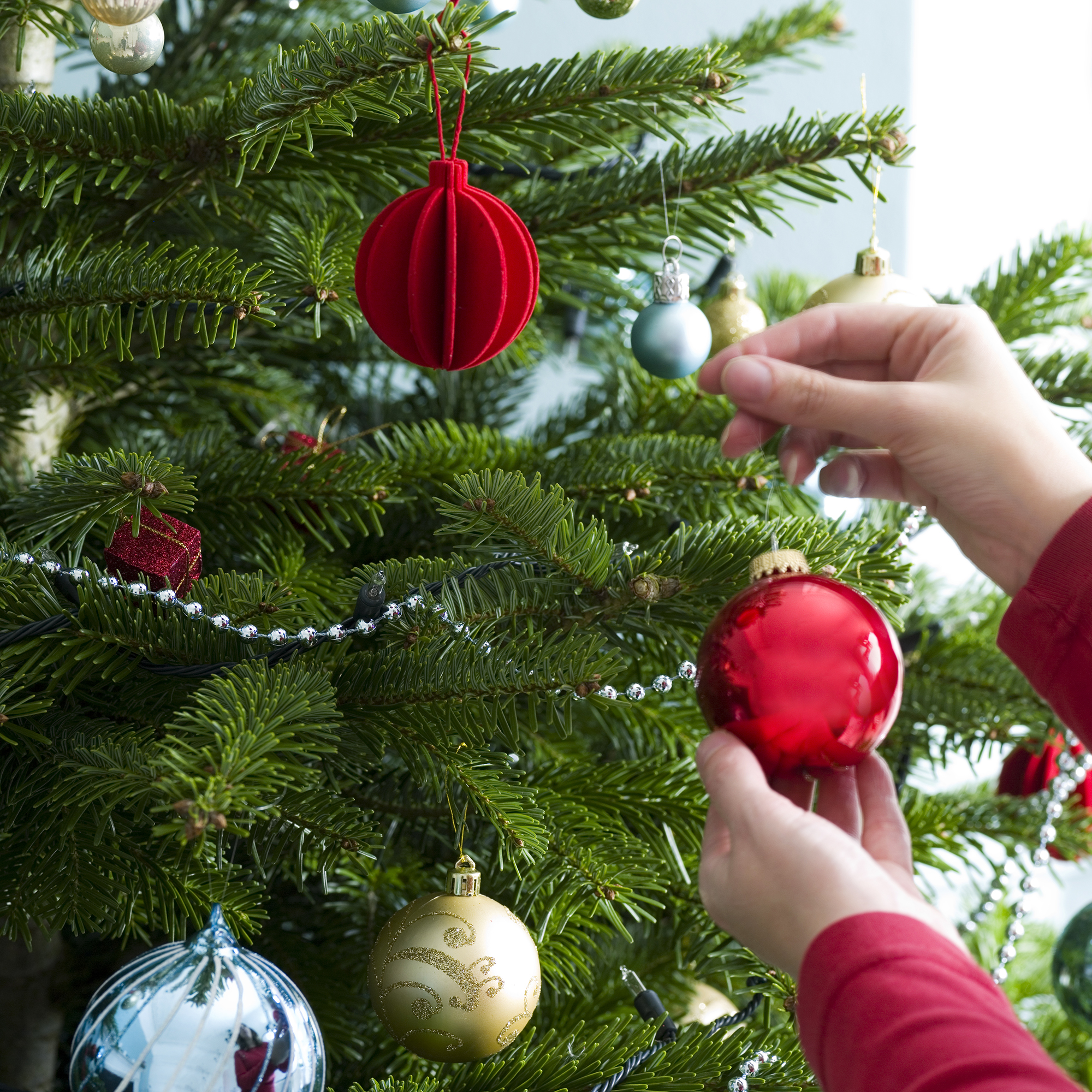 6 Real Christmas Tree Problems To Watch Out For – And How To Fix Them Fast
6 Real Christmas Tree Problems To Watch Out For – And How To Fix Them FastGet back to enjoying the glory of your natural Christmas tree with our guide to troubleshooting common issues, from needle drop to watering woes.
By Bonnie L. Grant
-
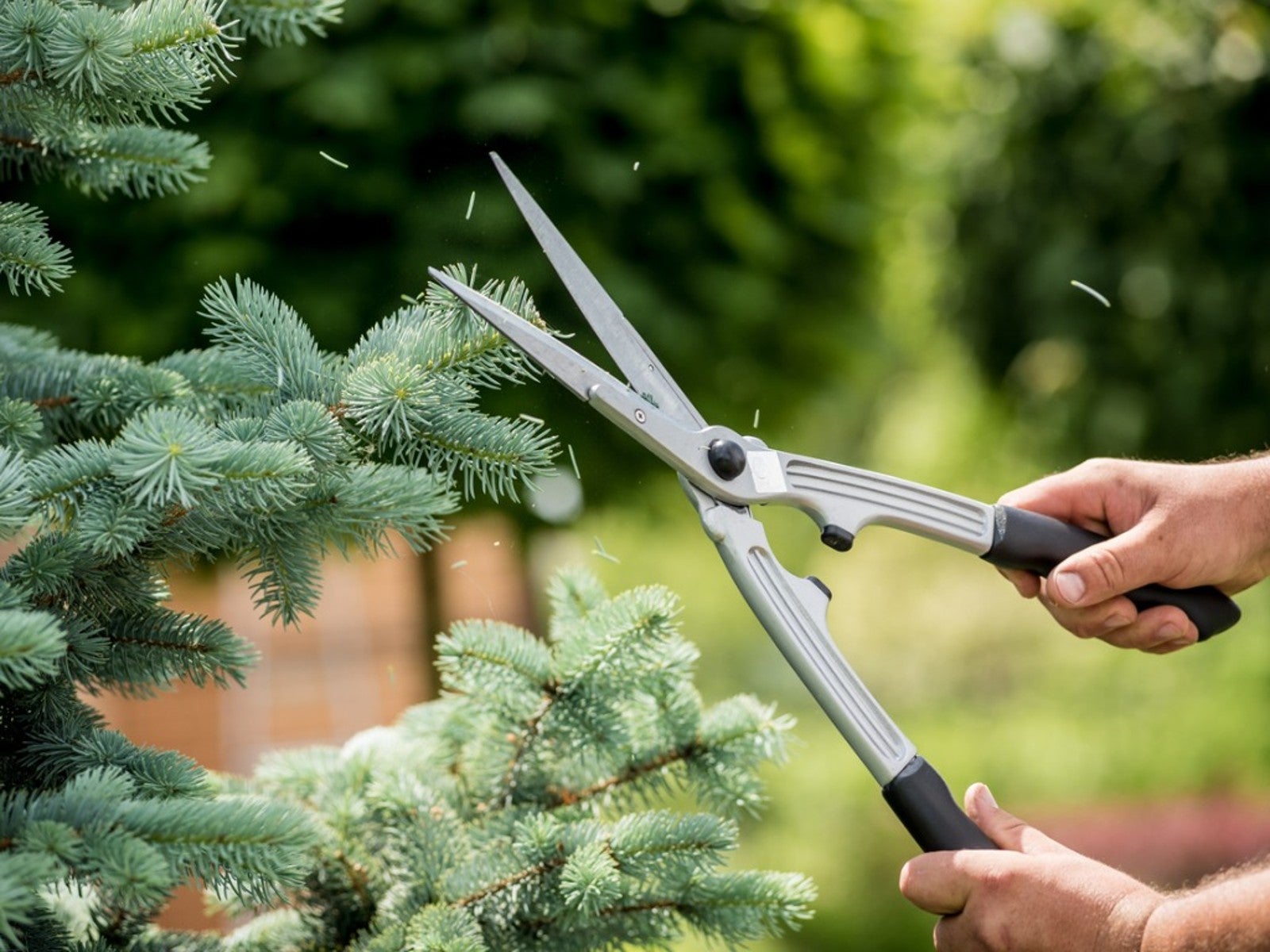 How To Prune A Christmas Tree Into The Perfect Shape
How To Prune A Christmas Tree Into The Perfect ShapeClick here for all the tips needed on how to prune a Christmas tree.
By Laura Miller
-
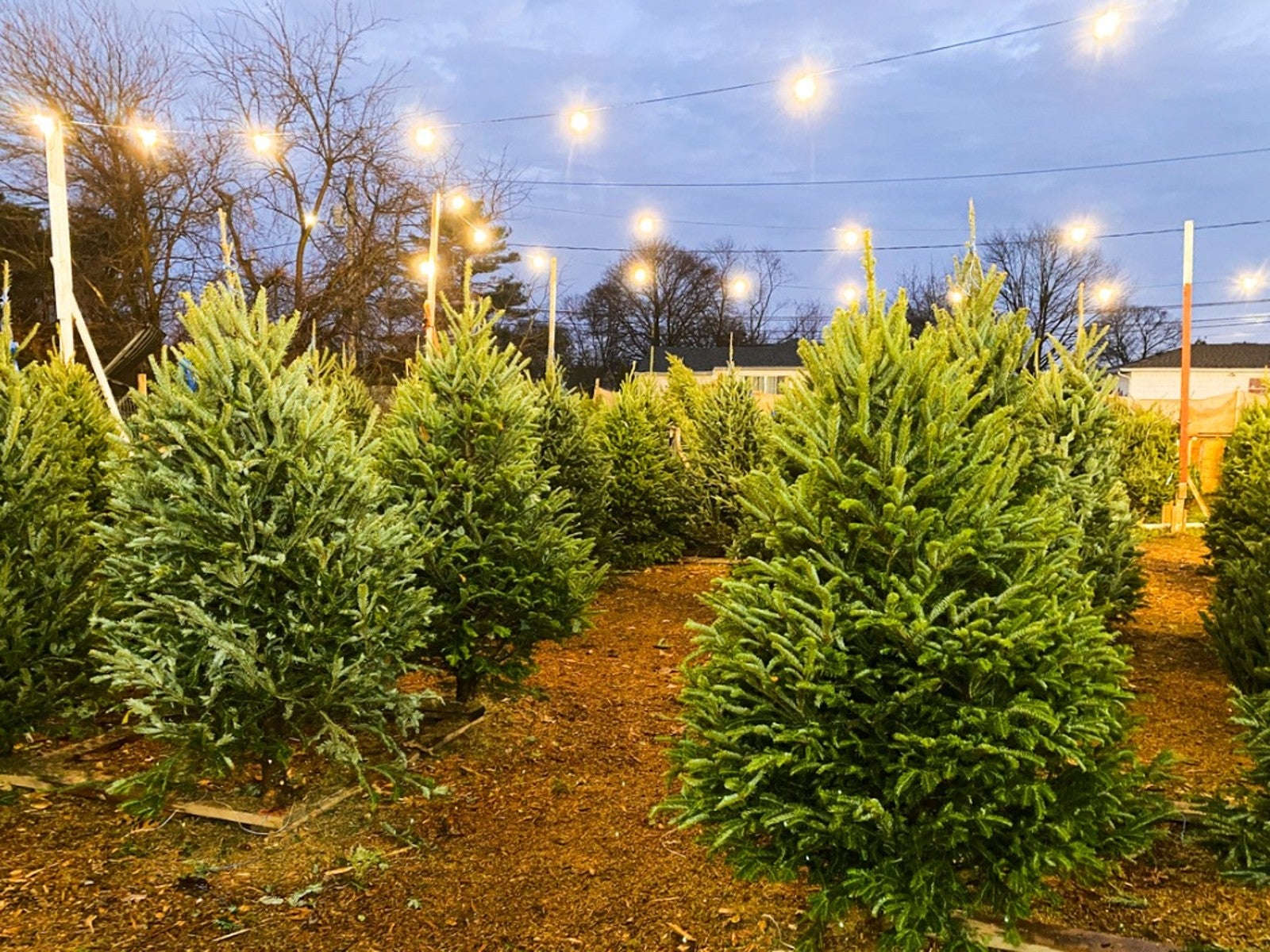 Choosing A Christmas Tree: Compare Varieties And Check For Freshness
Choosing A Christmas Tree: Compare Varieties And Check For FreshnessChristmas can be a time of joy and fellowship, but one question that some people struggle with is: What type of Christmas tree do I want?
By Teo Spengler
-
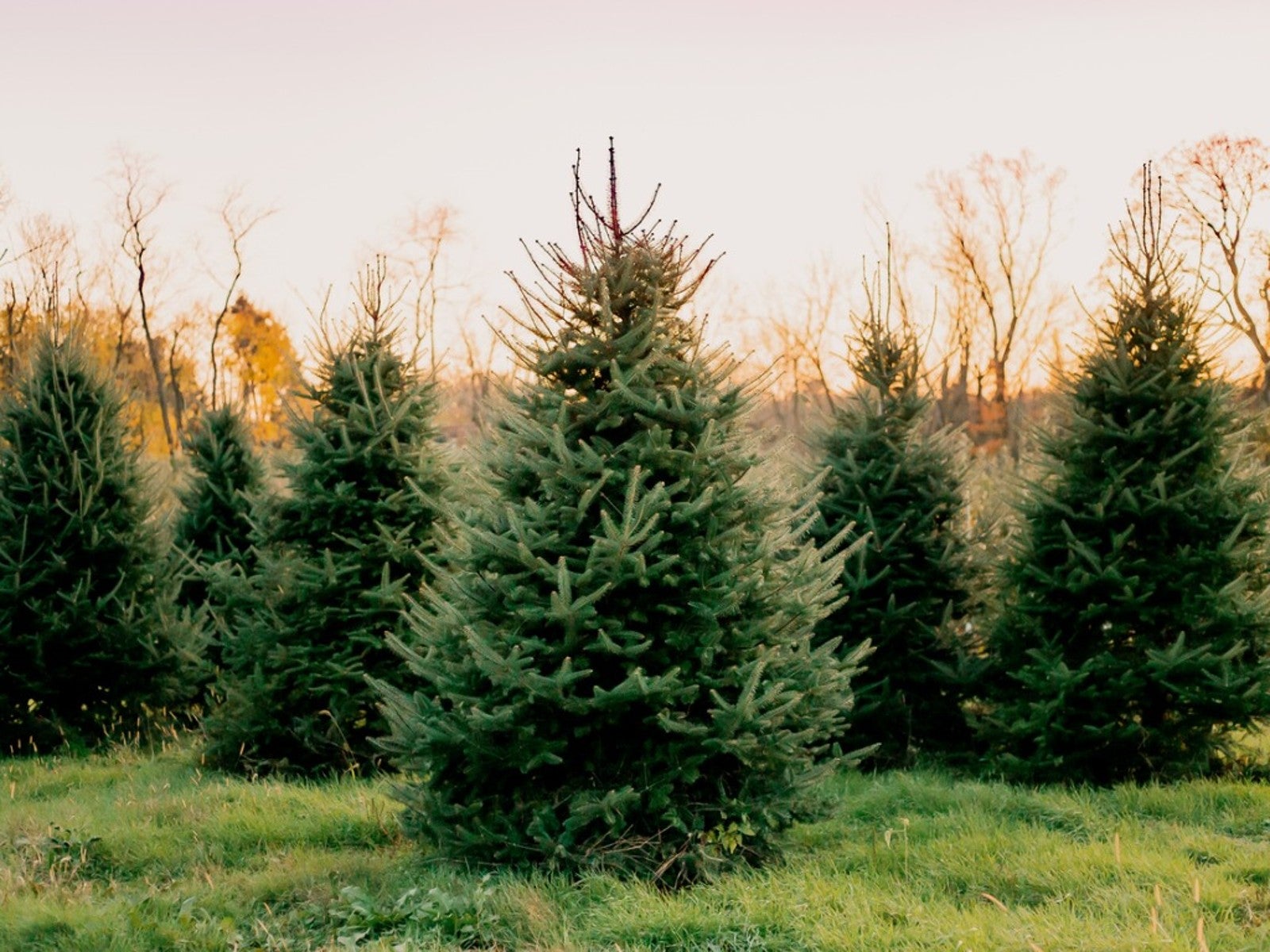 Grow A Christmas Tree At Home - Start From Seedling Or Plant A Living Tree
Grow A Christmas Tree At Home - Start From Seedling Or Plant A Living TreeIf you are looking for an unusual Christmas project, why not grow a Christmas tree at home? Read on for more info.
By Teo Spengler
-
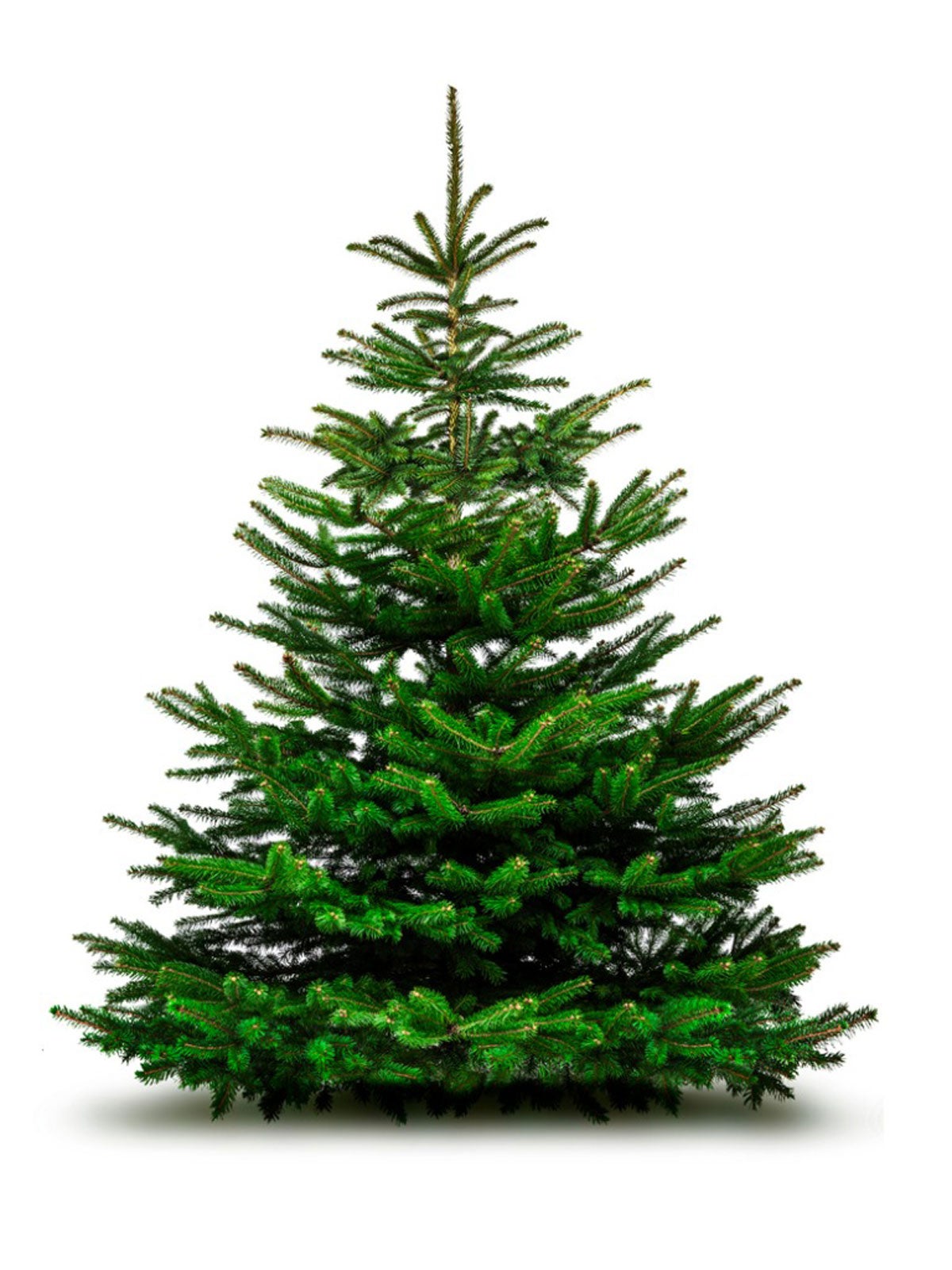 Christmas Tree Pests: What To Do About Bugs On A Christmas Tree
Christmas Tree Pests: What To Do About Bugs On A Christmas TreeBugs on a Christmas tree aren't bad, but taking some precautions can prevent them from sharing your holiday. Learn more here.
By Teo Spengler
-
 Christmas Tree Allergen Info: Am I Allergic To My Christmas Tree
Christmas Tree Allergen Info: Am I Allergic To My Christmas TreeHave you ever wondered during the holiday season if you could be allergic to your Christmas tree? Click here for allergen information.
By Teo Spengler
-
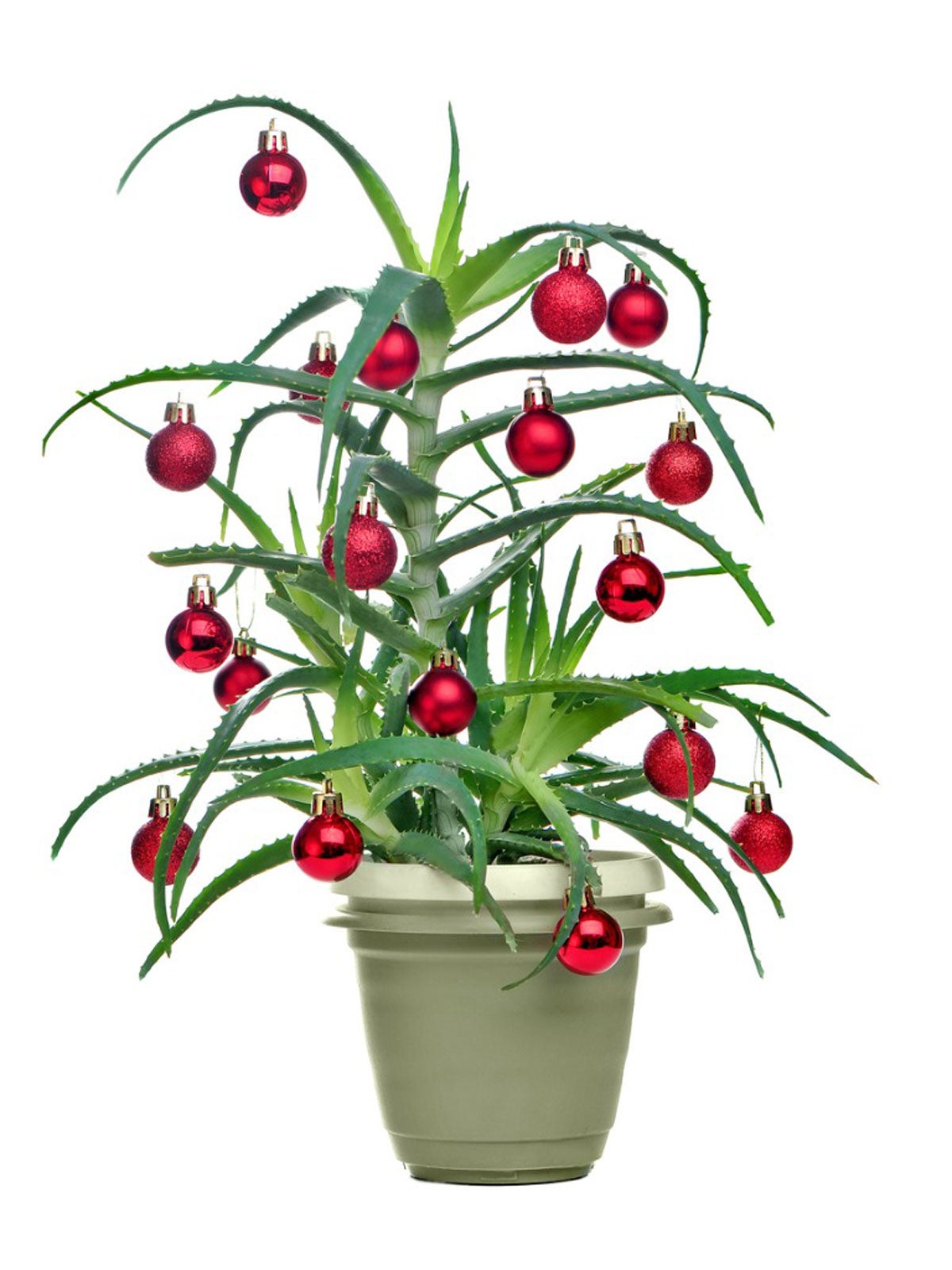 Unusual Christmas Trees: Growing Christmas Tree Alternatives
Unusual Christmas Trees: Growing Christmas Tree AlternativesUsing different plants for Christmas trees can be creative and fun. Ready to try unconventional Christmas trees? Click here.
By Teo Spengler
-
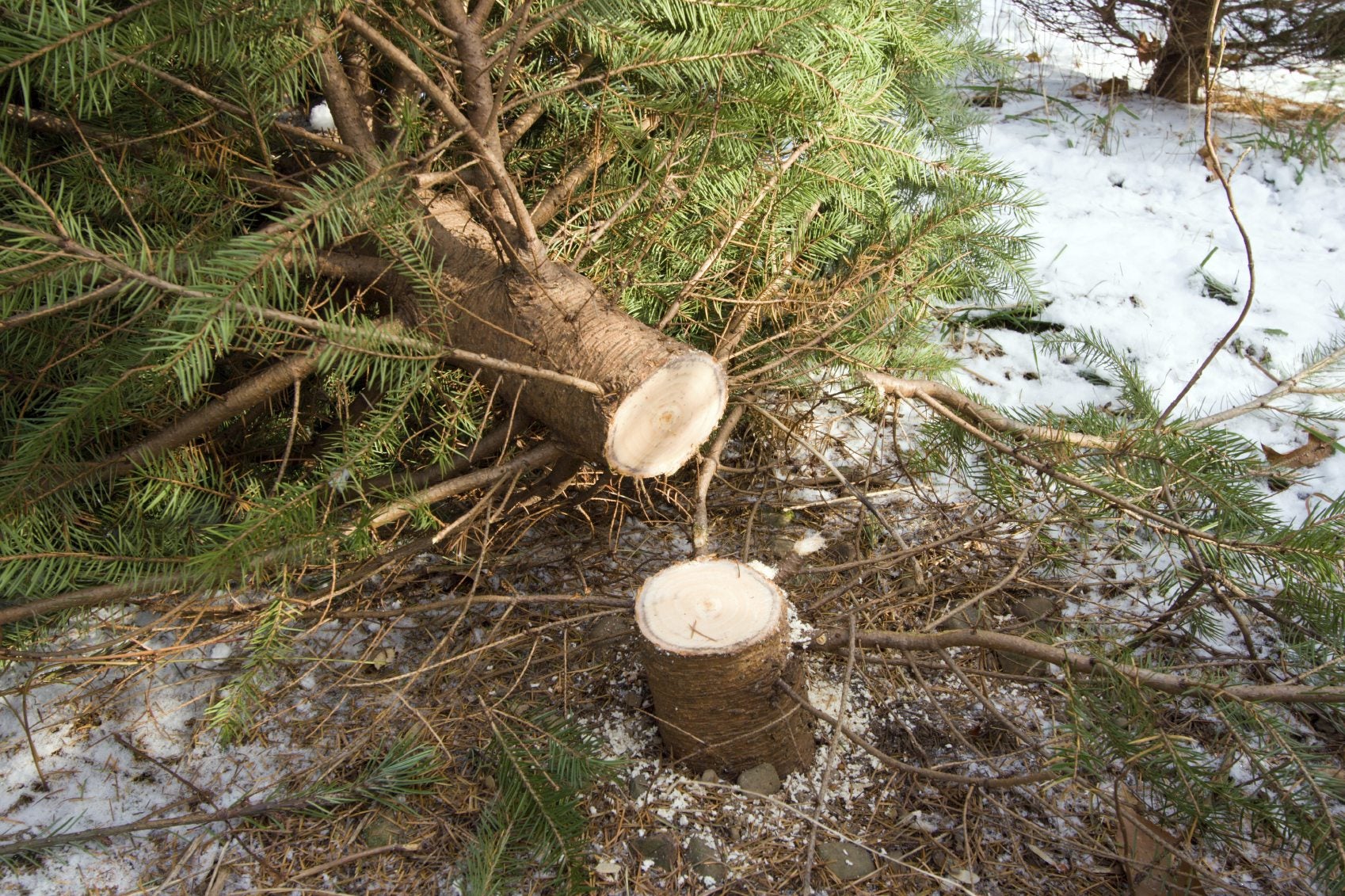 Harvesting Christmas Trees – When’s The Best Time To Cut A Christmas Tree
Harvesting Christmas Trees – When’s The Best Time To Cut A Christmas TreeHarvesting Christmas trees in the wild used to be the only way people obtained trees for the holidays. If you want a little adventure and some fresh air, then cutting your own Christmas tree can be a lot of fun. Learn more in this article.
By Karen Boness